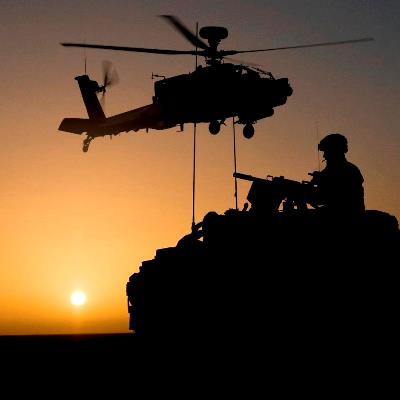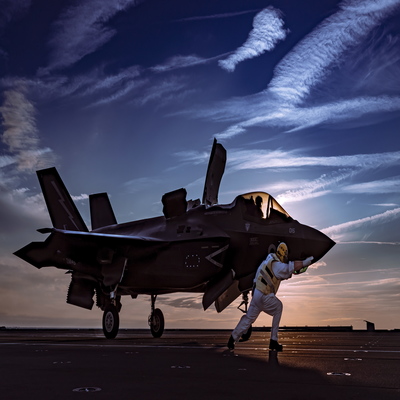Understand and synthesise suitable intelligent based with performance enhancement EPS for a state of the art Guided Weapon, understand how to apply control theory design to guided weapons and to provide the students with an understanding of the principles, methods and design of guided weapon autopilot and guidance systems and the interaction between autopilot, guidance and other missile sub-systems.
At a glance
-
- Dates
-
- Please enquire for course dates
- Duration5 days
- LocationNSWC Crane, Indiana, USA
Course structure
Lectures, tutorials and computer-based practicalsWhat you will learn
On successful completion of this module a student should be able to:
- Relate control theory principles to the application of guided weapon systems. Distinguish between the types of guidance techniques employed on modern guided weapons and assess the appropriateness of the application.
- Assess the importance of the power supplies within a guided weapon and critically evaluate the performance of guided weapon guidance and autopilot systems in relation to the guided weapon power resources.
- Design roll, altitude and lateral autopilot systems using closed loop control methods and critically analyse the key components of missile autopilots and types of autopilot required by various guidance systems.
- Design command, homing and navigation guidance systems using closed loop control methods.
- Critically evaluate the interaction between guidance, control and other key GW sub-systems
Core content
• Introduction to Control and Guidance Theory: Introduction to closed loop control applied to guided weapon guidance, classification of guidance methods, autopilots and guidance loop performance requirements. Interaction between control, guidance and other key GW sub-systems.
• Control & Actuation Methods and power supplies: Aerodynamic control methods, flight stability and control surface positioning. Thrust vector control (TVC), side thrusters and bonkers. Pneumatic hydraulic and electric actuation systems. Battery power.
• Missile Instrumentation: Control sensors, accelerometers, mechanical angle and rate gyroscopes, solid-state rate sensors, roll resolvers and altimeters.
• Missile Dynamics & Autopilots: Missile lateral, roll and altitude dynamics. Heading and velocity control Lateral roll and altitude autopilots design and application of state space, root-locus and frequency response methods to autopilot design.
• Homing Guidance: Guidance performance and sensitivity analysis. Active, semi-active and passive homing, homing guidance loop dynamics and kinematics. Proportional navigation (PN) type guidance and modern homing guidance algorithms.
• Target Tracking: System and performance requirements, tracker loops and system type, multi-spectral sensors. Alpha-beta trackers and Kalman filters.
• Command Guidance: Line-of-sight (LOS) systems, LOS-beam riders, command off the line-of-sight (COLOS), command guidance loop dynamics, kinematics and stability, LOS trajectories and coverage diagrams, augmented CLOS.
• Navigation Guidance: Navigation guidance loop dynamics, kinematics and stability, inertial navigation and GPS integration, terrain reference systems, hybrid and compound guidance
Read our Professional development (CPD) booking conditions.

